Celebrating the life and legacy of Donegal native and patron Saint of Derry St Columba
and live on Freeview channel 276
Were the pagans discriminated against and who really was the monster from the Scottish lake?
These and many other questions are explored in this activity resource on the life and legacy of St Columba/Colmcille/Columbkille which can be downloaded free from the St Columba Heritage Centre (Arás Colmcille).
Advertisement
Hide AdAdvertisement
Hide Ad“Although the activities are on a Columban theme, the focus directs the children to explore their own physical and cultural environments,” says organiser Peter Heaney.
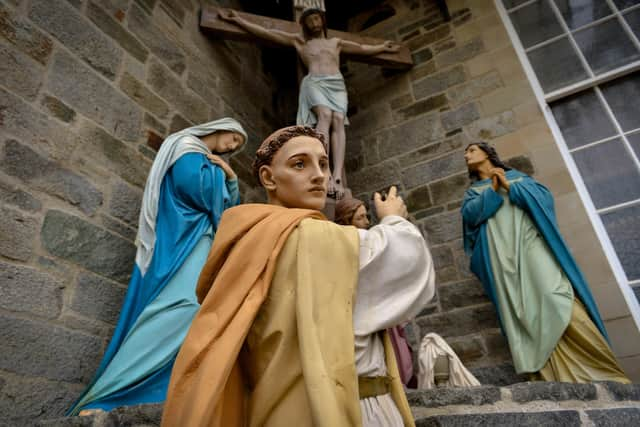

“The activities have been designed so that they are accessible for all sections of the community who honour Columba and also those who are not so familiar with him yet.
“The resource will also allow participation for those who have no direct link to anything Columban in their own local area.”
The activities are designed to link closely with the NI curriculum, specifically in the areas of WAU (World Around Us) / PDMU (Personal Development and Mutual Understanding) and Literacy and can be used equally easily either by parents searching for an engaging distraction from the demands of ‘home schooling’ or by the teacher looking for an opportunity to begin a collaboration with another school or simply an interesting activity that will encourage the class to explore the beauty in their own local environments in the process of developing their own thinking and wider communication skills.
Advertisement
Hide AdAdvertisement
Hide AdThe resources are available in four suites of activities looking at homeplace/eco warrior/reconciliation and stories.
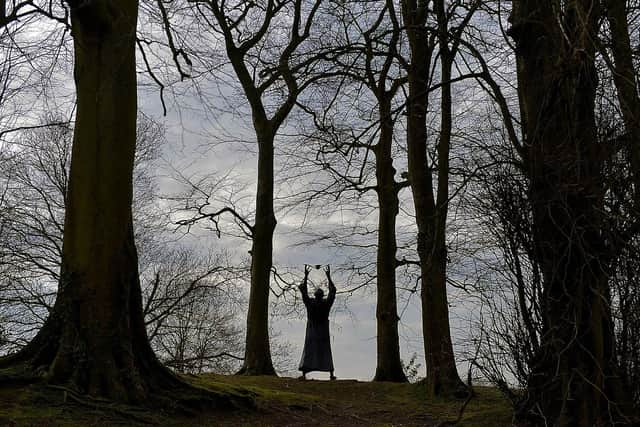

They give the children the opportunity to explore and share the beauty of their own local environment, investigate what it means to be from a particular area or identify and celebrate what is special about themselves.
“The activities encourage the children to identify the beauty in both themselves and their specific heritages,” adds Peter.
“All the activities are presented as light hearted interventions looking at who we are, why we are special and how we might be able to live comfortably with both our own and each other’s differences.”
Advertisement
Hide AdAdvertisement
Hide AdThe activities are aimed at primary aged children, although some of the activities could usefully be used in first year secondary schools.
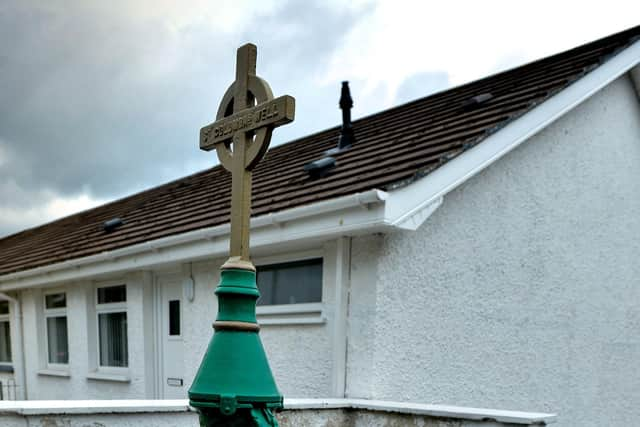

The resource was commissioned by the St Columba Heritage Centre and was produced in collaboration with St Augustine’s Church and with the cooperation of staff from Long Tower primary school.
The activities are intended to introduce, in a light hearted way, a new generation of children and parents to Columba and the relevance of his legacy even today 1,500 years after he was born.
It is designed to offer parents and teachers an interesting and easily used set of 31 activities where they can share the investigations with their children as they explore together their homeplace and the attitudes that have helped to create it and make it unique for them.
Advertisement
Hide AdAdvertisement
Hide AdThe free resources can be downloaded from https://stcolumbaheritage.com/index.php
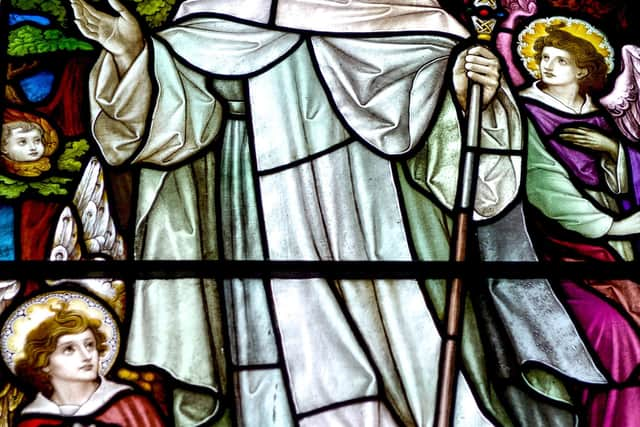

A man on a mission: St Columba’s impact
St Columba, also known as St Colm Cille, was born in Gartan, County Donegal with the date traditionally held to be December 7, 521 AD.
To this day, Gartan clay is traditionally reputed to have healing qualities.
St. Columba is widely regarded as Derry’s patron saint and is said to have established his first monastic settlement in the Long Tower area in the 540s AD which eventually became the city of Derry
Advertisement
Hide AdAdvertisement
Hide AdThere are many local sites associated with him throughout the north west region and further afield.
In 545, he was said to have founded his first monastery in Doire and in 563 set sail with 12 monks from a point beneath the Inishowen Head loop walking trail in Shroove in north Donegal to the island of Iona in Scotland where he died in 597.
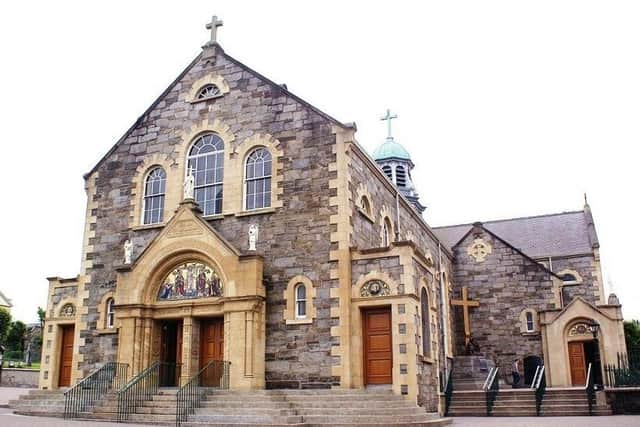

Tradition holds that the church and settlement he founded in Derry was located in the upper city centre area in the region of St Columba’s Church Long Tower, St Columb’s Cathedral and St Augustine’s Church.
The Life of CholmCille by his hagiographer Adomnán and other sources attest to his huge influence on the development of Christianity in Ireland, Britain and beyond and the saint has been linked to a powerful Gaelic family, the Cenél Conaill, based in the north west.
Advertisement
Hide AdAdvertisement
Hide AdHe left Ireland after a major battle, heartsore at the blood shed but returned for the Convention of Drumceat outside Limavady several years later.
One of Ireland’s three patron Saints along with St Bridget and St Patrick, St ColmCille to this day he is revered in Ireland and Scotland by people of differing faiths and none for the way in which he shaped both countries and the course of Christianity, society and history.
Among the place, areas and buildings associated with the Saint are Gartan, St Columb’s Cathedral, St Columba Long Tower Church, St Columb’s Park, St Columb’s College, Glencolumbkille, Portkill in Inishowen Head, Stroove, Limavady, Coleraine, St Columb’s Wells, Aras CholmCille, Kilmacrennan, Iona, Kintyre, St Margaret’s Church in Edinburgh Castle, and the Outer Hebrides.
Among the many legends associated with him is one that he fought the Lough Ness Monster, an epic tale that formed the centrepiece of the Return of CholmCille event during Derry’s City of Culture year in 2013.
For a detailed account of the life of ColmCille by Dr Brian Lacey, The Discovery Project, Dublin and the trail of places he is associated with see: www.colmcille.org/colmcille/